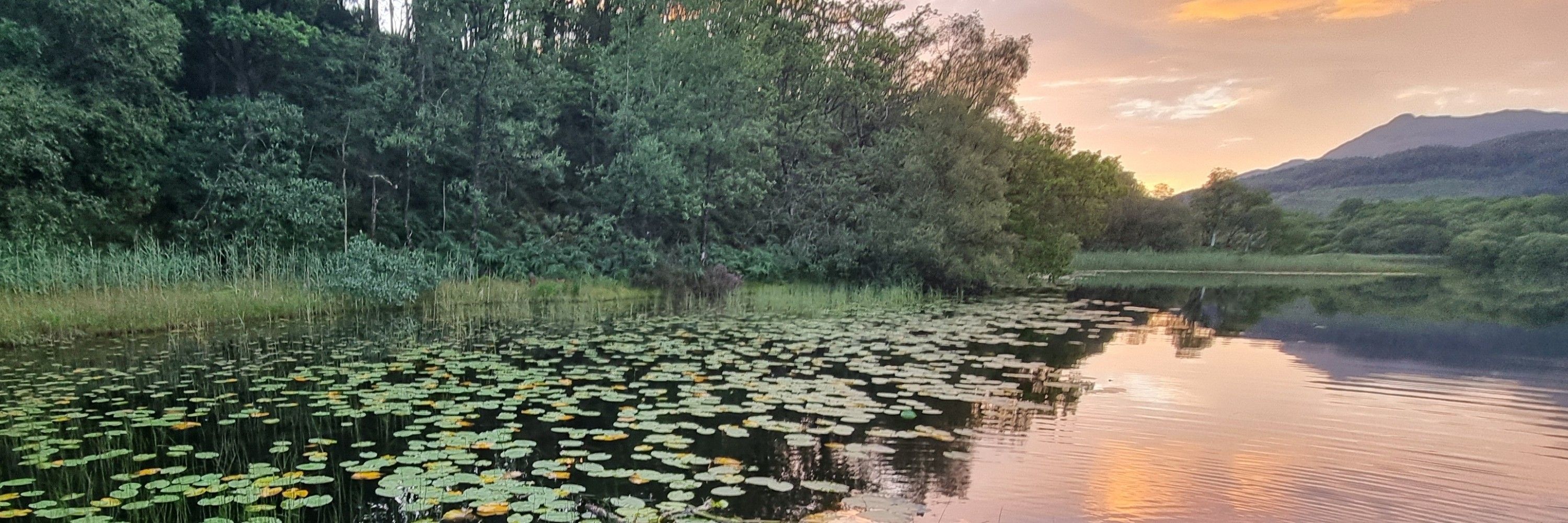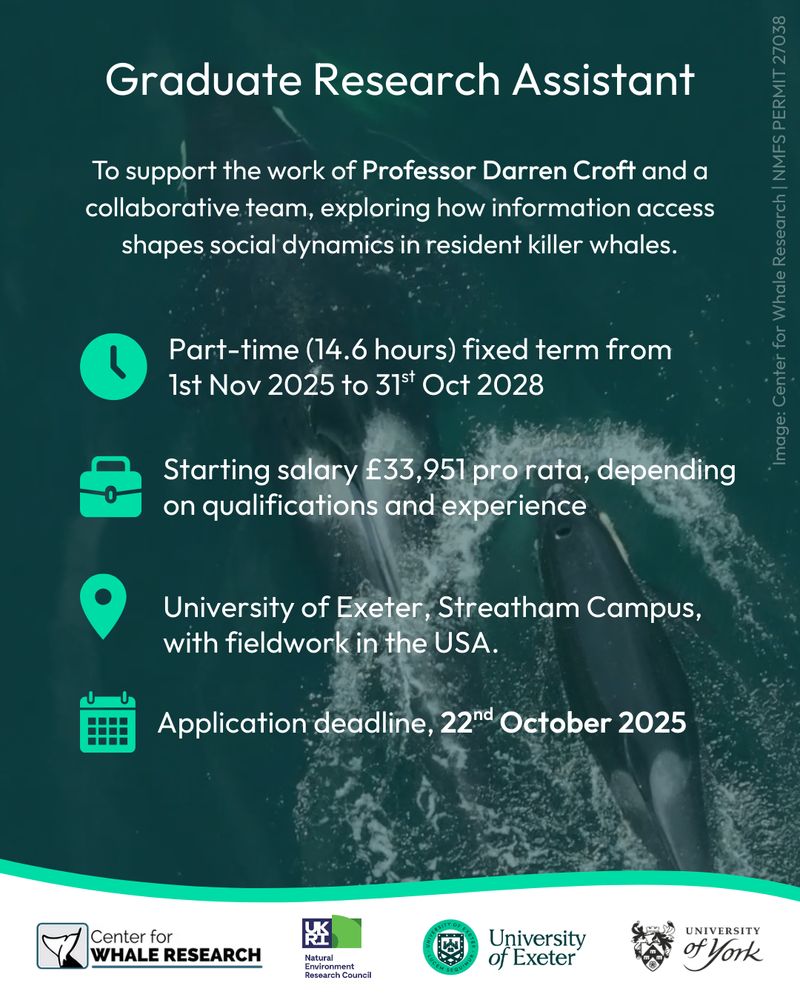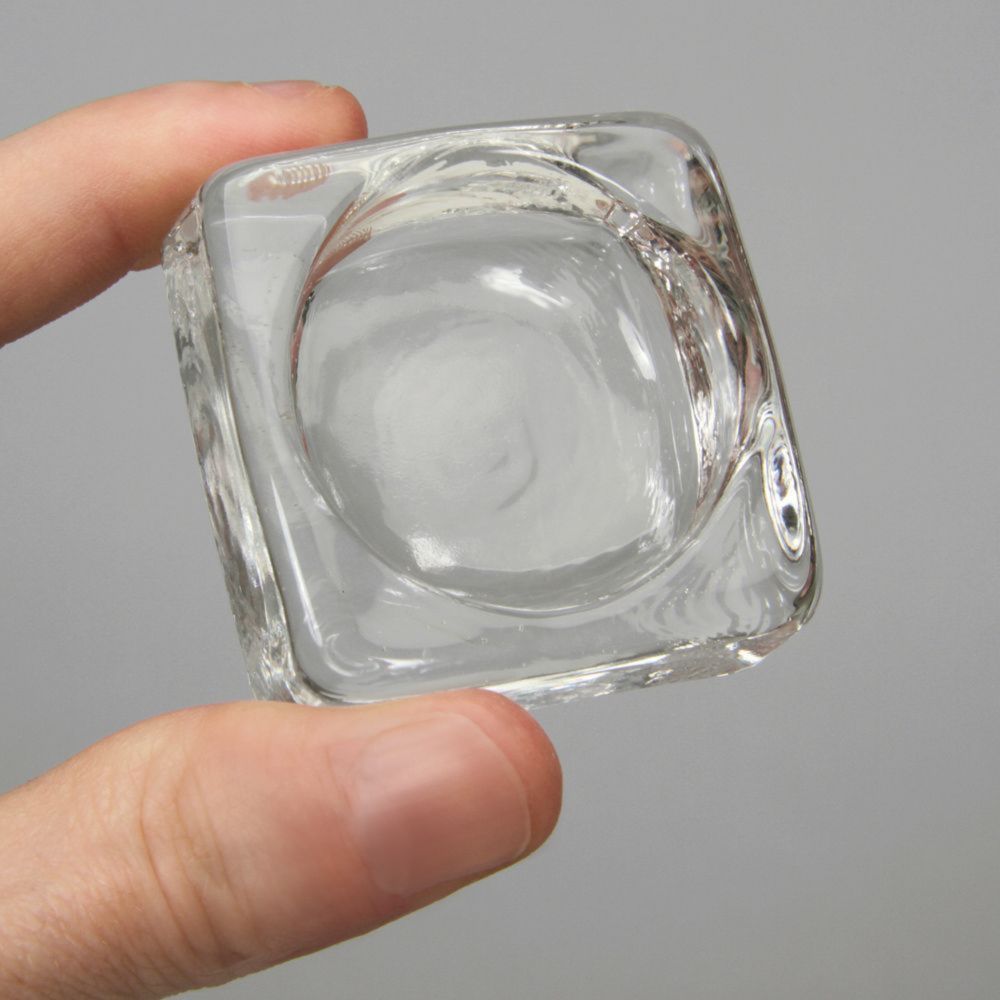Chris Harrod
@profchrisharrod.bsky.social
2.9K followers
2.6K following
350 posts
Fish/aquatic/stable isotope ecology. Proud dad of two Anglo-Chileans. Sweary. Wide interests. Prof of Ecology, Director of Scottish Centre for Ecology and the Natural Environment, U Glasgow's Field Station on Loch Lomond, UK @sceneuog.bsky.social
Posts
Media
Videos
Starter Packs
Reposted by Chris Harrod
Reposted by Chris Harrod
Reposted by Chris Harrod
Reposted by Chris Harrod
Ruben Sommaruga
@rsommalab.bsky.social
· Aug 31

Fifty-Year Trends Reveal Reversal from Recovery to Re-eutrophication and Reinforced Anoxia in a Managed Mountain Lake - Ecosystems
Anoxia in lakes has intensified in recent decades, threatening ecosystem functioning. Yet, the mechanisms driving long-term trends in anoxia intensity and duration are complex, especially in managed e...
link.springer.com










